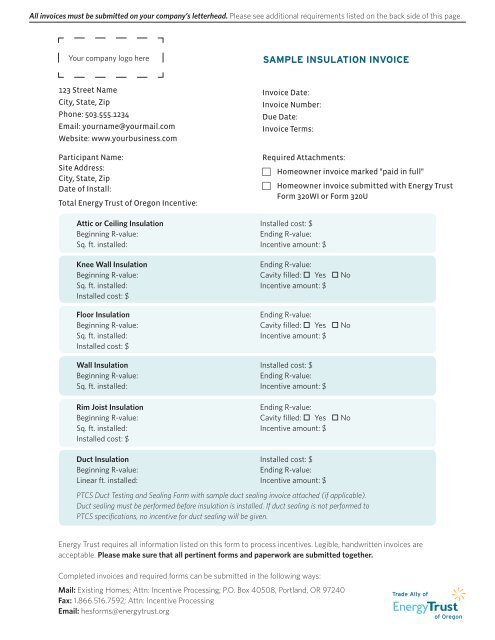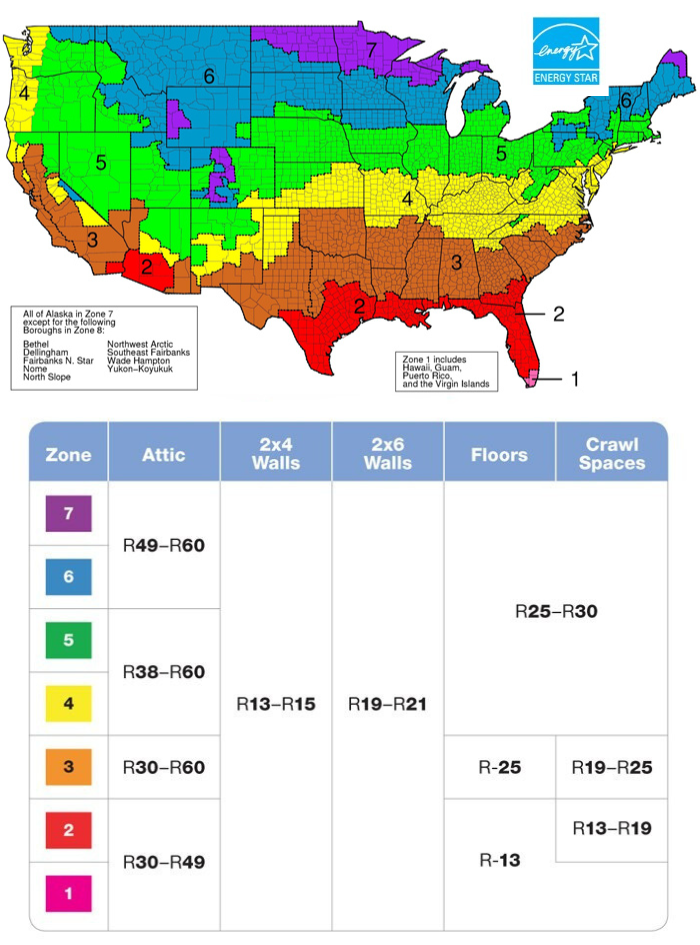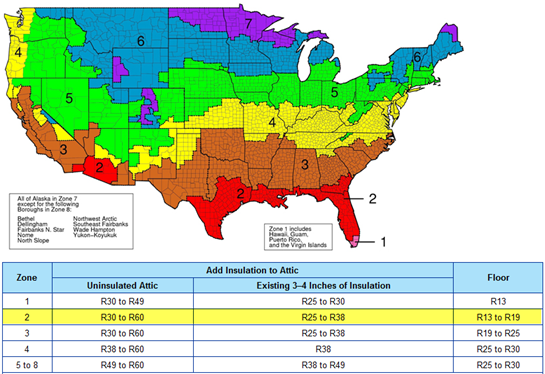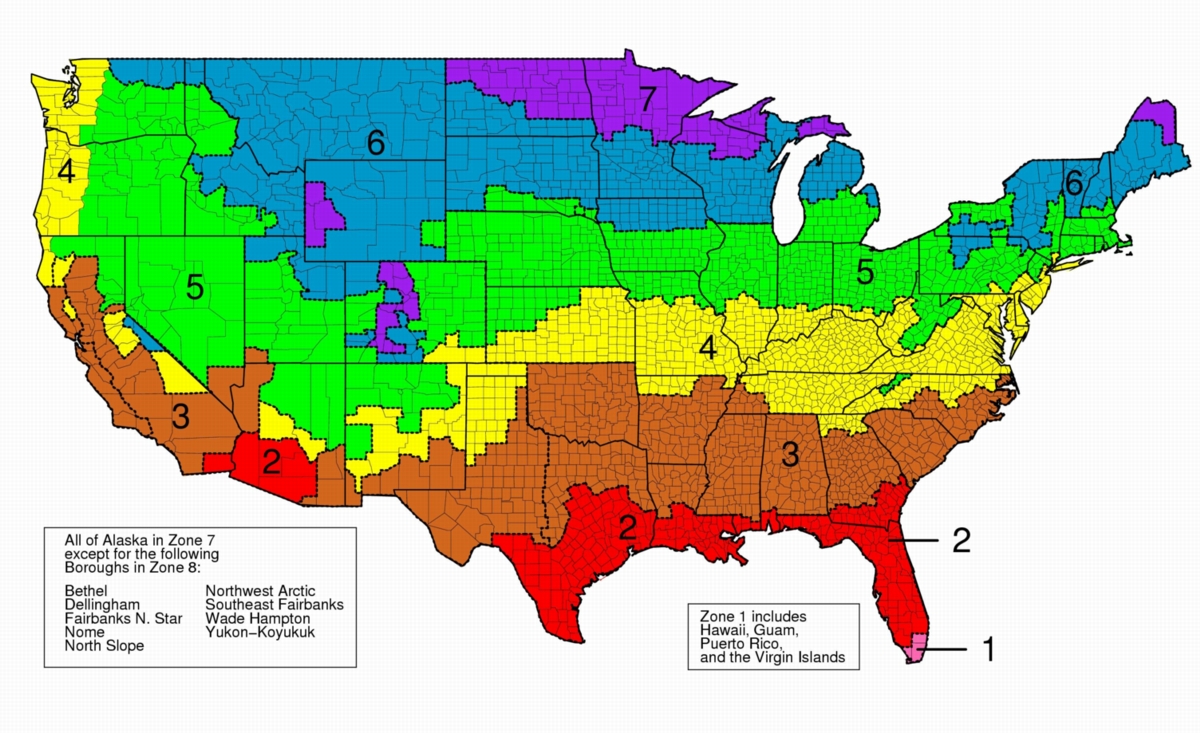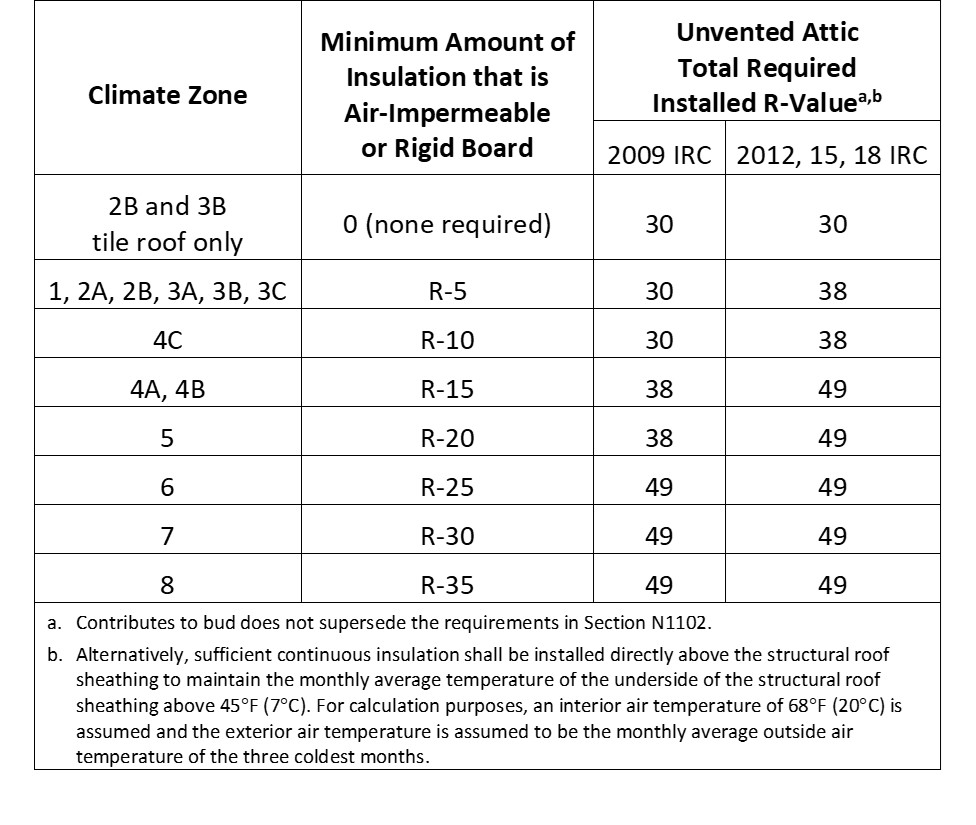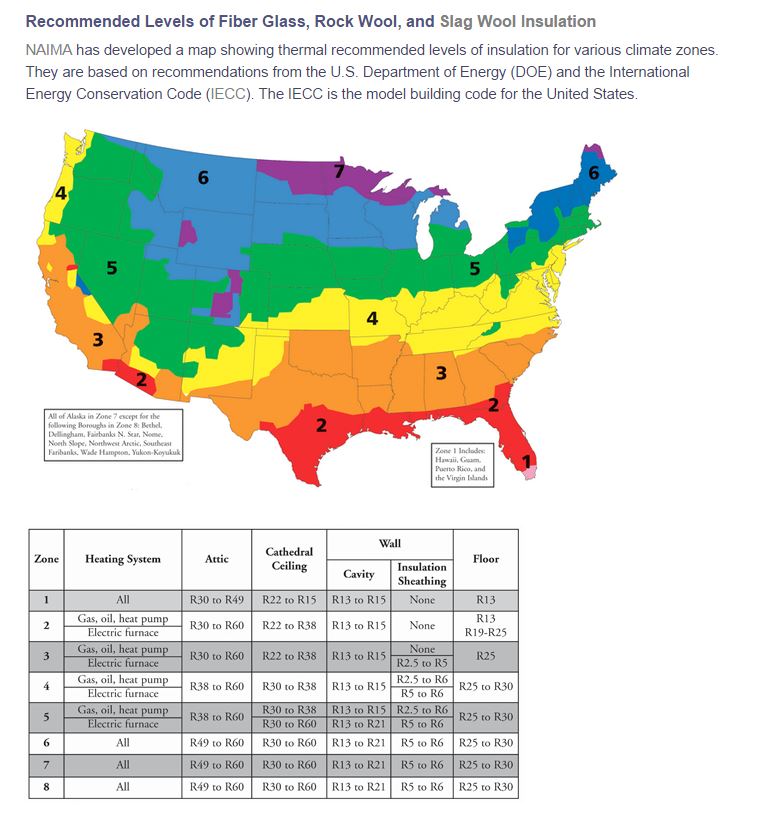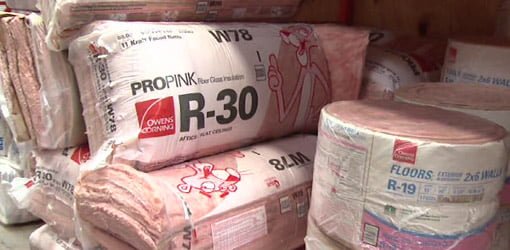Each state does have their own minimum insulation requirements which are often lower than the levels recommended by the department of energy.
Acceptable attic insulation r value.
See the department of energy s doe ranges for recommended levels of insulation below.
Pa302 1 ceilings with attic spaces n1102 2 1 r402 2 1.
The table below shows what levels of insulation are cost effective for different climates and.
So to achieve an r 49 you will need between 13 and 17 inches thick of batt insulation.
If you are heating a home with wood chips in the attic then you are wasting.
If you compare the r value of sawdust and wood chips to our modern insulation products the insulation value is poor.
R 38 shall be deemed to satisfy the requirement for r 49 wherever the full height of uncompressed r 38 insulation extends over the wall top plate at the eaves.
There are many ways to retrofit a home with fiberglass and.
You will need a higher r value of insulation if you live in the northeast than if you live in southern california.
Where you live different climates require different insulation r values.
Your home s age if your home is more than 10 year old you likely need more insulation.
This zone has a recommended r value of 30 to 60 for an uninsulated attic r25 to r38 for an attic with existing insulation and r13 to r19 for the floor.
Recommended home insulation r values.
The higher the r value the better the thermal performance of the insulation.
These r values are a sum meaning this should be the total r value once you add up the entire depth of insulation.
Insulation level are specified by r value.
Often the depth of the wood shaving insulation was insufficient to today s standards and as it settled it has little or no thermal benefits.
Typical fiberglass batt insulation has an r value between 2 9 and 3 8 per inch of thickness.
Typical recommendations for exterior walls are r 13 to r 23 while r 30 r 38 and r 49 are common for ceilings and attic spaces.
However there is an exception.
